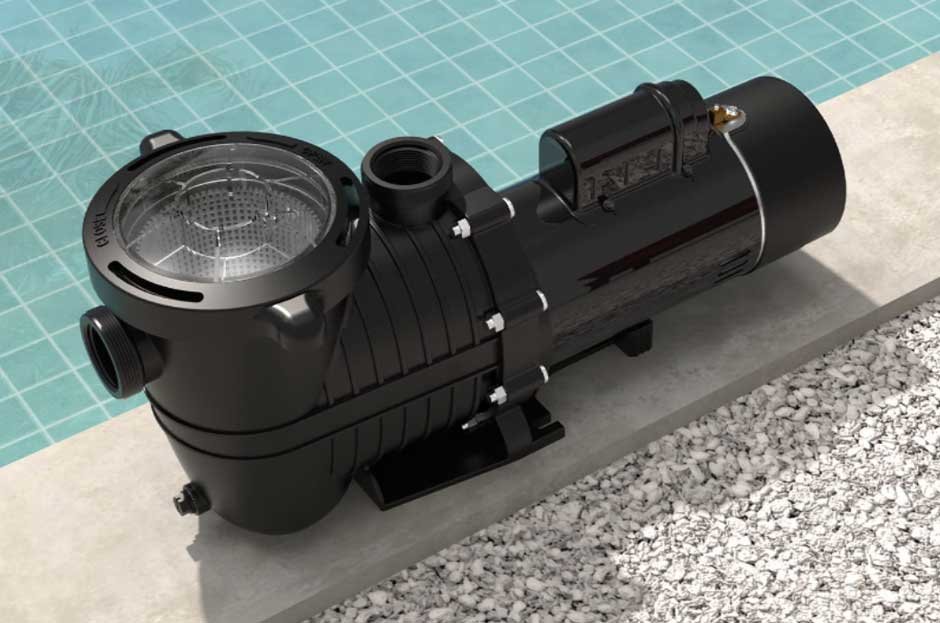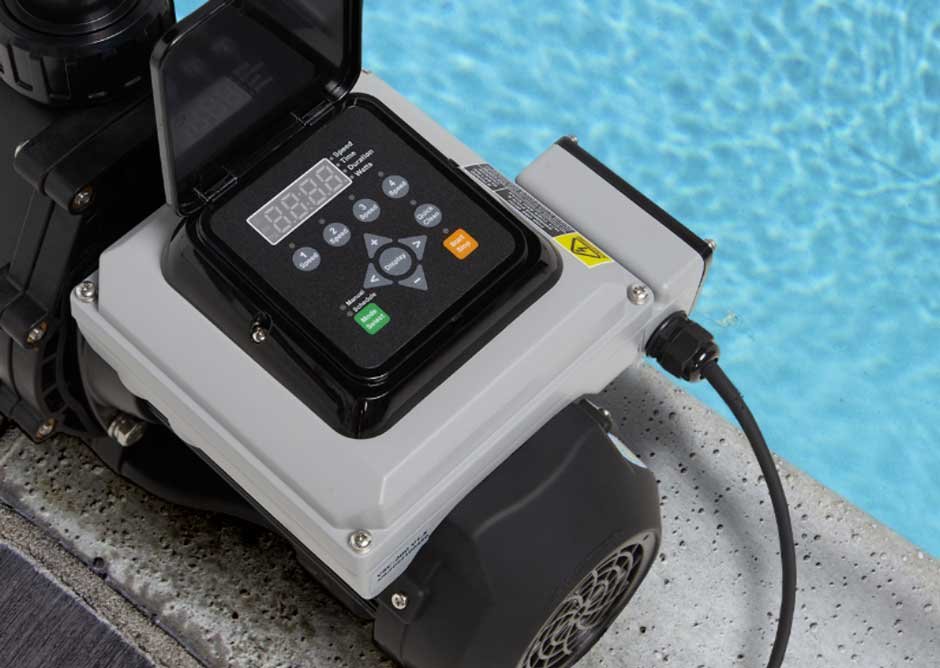Keeping your swimming pool well-maintained is essential to ensure it is safe and clean for users as well as to ensure its longevity. One important part of swimming pool maintenance that often gets overlooked is the pool pump. It is the engine of your pool’s circulation system, drawing water from the pool, filtering it, and returning it to the pool.
The technology behind swimming pool pumps has advanced dramatically in recent years. This means you must now decide whether to invest in a variable-speed pump or remain with a typical single- and double-speed pool pump.
To help you find out which one best suits your needs, below I’ve listed the differences between all of them and their pros and cons. No matter which type you choose, make sure you buy swimming pool pumps only from reliable brands. This way, you’ll have the peace of mind that you will have access to service experts who are informed on your pump, compatible parts, and warranty details. Having a reliable brand name on hand will help you avoid time and concern in the event that something goes wrong with your pump.
Single-Speed Pumps
The most popular types of pool pumps are single-speed. Many people still prefer them even in spite of the availability of advanced recent models, such as two- and variable-speed pumps.

Single-speed pumps can only run at one speed, as the name suggests. These pumps are the least expensive initially, but frequent use might result in extremely high electricity bills. Whether you’re running the water, heating it, or vacuuming, they’ll always draw the same amount of electricity. These pumps are often noisier than variable-speed pumps at low to mid-speed settings.
The pump’s usual life expectancy varies, but on average it lasts 3 to 10 years before starting to show troubles. These pumps have an advantage in terms of repair and maintenance because of their straightforward design, which makes them easier to maintain.
Two Speed Pumps
The ability to switch between two speeds—high and low—is the main advantage of selecting this type. Also, compared to single-speed pumps, these pumps frequently use motors that are far more energy efficient. How much you’ll save will depend on how you use your pump. The savings may be lower if you operate the pump faster all the time. Nevertheless, there are still a lot more savings opportunities with this kind of pool pump.
The low-speed option works well for regular swimming needs like chlorination and circulation. The high-speed setting is utilised when there is a large bather load, for cleaning the pool or water features, or when heating the water.
It’s important to note that many two-speed pool pumps on the market come with single-speed timers. The fact that this kind of pump won’t serve the function for which you bought it makes the situation worse. Thus, confirm that the two-speed pump you are purchasing has a mechanical two-speed timer or an advanced automation system. If it does, everything ought to work out fine.
Remember that certain pool accessories, such as vacuums, salt chlorine generators, and heaters, are not compatible with two-speed pool pumps.
Variable Speed Pumps
These pumps come with state-of-the-art technology and are suitable for homeowners who don’t mind spending extra money on them. They may be set to run at different speeds and at different times of the day, and they work at different rates as well.

When compared to single and dual-speed pumps, variable-speed pumps employ permanent magnet motors, which are akin to those found in hybrid autos, rather than induction motors. Variable-speed pumps enable the typical pool owner to save up to 90% on energy expenses thanks to this kind of motor. This indicates that within two to three pool seasons, these pumps will frequently pay for themselves.
The magnet motor will also be much quieter while operating at low to mid speeds. Consumers often remark on how quiet the pump is, which enhances the tranquillity and enjoyment of their outdoor experience. In addition to being fan-cooled, variable-speed pumps last longer than single or dual-speed pumps.
The ability of variable speed pumps to run timed programs is one of their biggest advantages. that they can execute timed programs in a way that is completely configurable. This suggests that the pump may be set to operate at various speeds in order to guarantee that all of your water features, including fountains, spills, and waterfalls, are operating at the proper pressure even during designated periods of time.
Which One Is the Best Option?
The type of pool pump you buy will depend on whether you want to pay more upfront in order to save money later. Varied pumps have varied payback times and amounts of savings depending on things like how often you use your pool and how much power costs in your location. Higher power price locations will see a quicker payback period on more expensive pool pumps.
You will have a shorter payback period if you use your pool for the entire year or for a longer length of time. It will take longer to recover the increased cost of more costly pumps, and savings will be less visible in places with short swimming seasons and cheap energy rates.
Choosing the Right Pump/Filter Combination
Make sure you have the appropriate pump and filter combo for your pool, regardless of the type you select. The pump needs to be proportionately scaled to the filter’s flow rate. Both the pump and the filter are strained when used with a greater flow rate than the filter, which reduces both components’ lifespan and effectiveness. It is thus not appropriate to use a pump meant for 2″ plumbing and then use a filter meant for 1 1/2″ plumbing. To enjoy a satisfactory pool experience, these two parts must fit properly.

